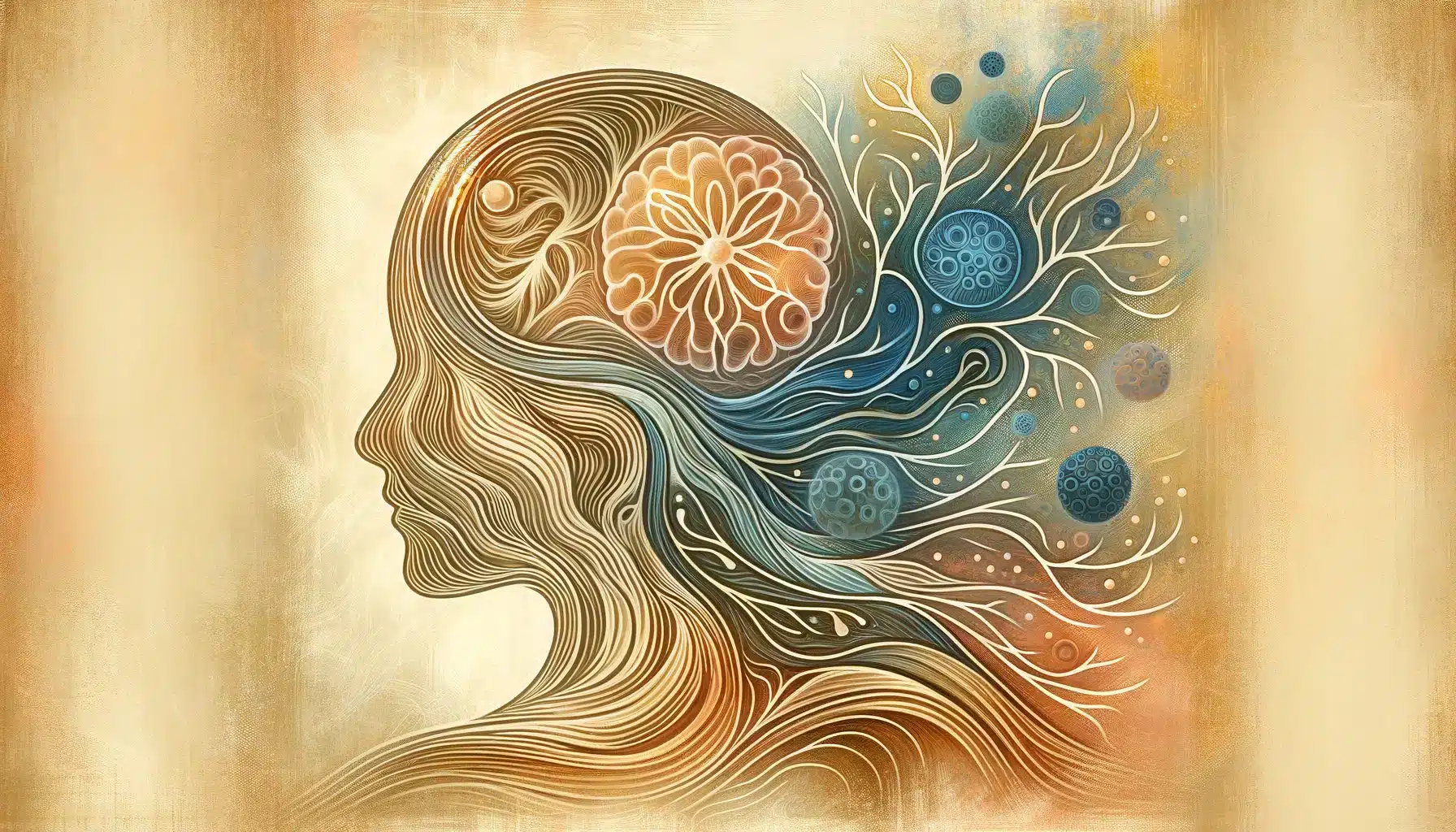What is International Awareness Day for Chronic Immunological and Neurological Diseases (CIND)?
International Awareness Day for Chronic Immunological and Neurological Diseases (CIND) is observed annually on May 12 to raise awareness about chronic conditions that affect the immune and nervous systems.
CIND Awareness Day is the overarching awareness day for Chronic Immunological and Neurological Diseases, including:
- ME Day (Myalgic Encephalomyelitis)
- CFS Day (Chronic Fatigue Syndrome)
- Fibromyalgia Awareness Day
- Multiple Chemical Sensitivity (MCS) Awareness Day
- Gulf War Illness (GWI) Awareness Day
The day highlights the struggles of those living with these illnesses, promotes better understanding, and advocates for improved medical research, treatment, and public recognition.
Millions of people worldwide suffer from these debilitating conditions, yet they often go undiagnosed, misdiagnosed, or misunderstood. Many patients face stigma due to the invisible nature of their illnesses, leading to challenges in accessing healthcare, receiving disability support, and obtaining proper treatment.
History and Origin
The awareness day was initiated in 1992 by Tom Hennessy Jr., a patient and advocate who suffered from severe ME/CFS. He chose May 12 to honor Florence Nightingale’s birthday, as she is believed to have experienced a chronic illness resembling ME/CFS later in life. Nightingale, despite her illness, revolutionized healthcare and remains a symbol of strength and resilience.
Hennessy also founded the organization RESCIND (Repeal Existing Stereotypes about Chronic Immunological and Neurological Diseases), which worked to combat misinformation and advocate for medical recognition of these conditions. Since its establishment, International Awareness Day for CIND has become a global movement, pushing for patient rights, increased research funding, and better medical education on these diseases.
Who Celebrates International Awareness Day for CIND?
- Patients and advocacy groups: Those affected by CIND conditions and the organizations that support them.
- Healthcare professionals: Doctors, nurses, and specialists working to improve diagnosis, treatment, and care for these conditions.
- Researchers and scientists: Those investigating the causes, symptoms, and potential treatments for CIND-related diseases.
- Family members and caregivers: People who provide daily support and care for individuals with chronic illnesses.
- General public and policymakers: Individuals and leaders seeking to raise awareness, improve disability rights, and fund medical advancements.
Slogans and Themes
The day focuses on increasing public awareness, promoting early diagnosis, and advocating for research funding. Themes often emphasize the need for medical advancements, patient support, and reducing stigma around chronic illnesses.
Common slogans include raising awareness, changing lives, fighting for recognition, and research for a cure. The emphasis is on creating a future where these conditions are better understood, diagnosed faster, and treated more effectively.
Colors, Symbols, and Patterns
Colors
- Blue: Represents awareness for ME/CFS and a commitment to research.
- Purple: Symbolizes fibromyalgia and the struggles of those living with chronic pain.
- Green: Used for multiple chemical sensitivity awareness, representing environmental health concerns.
Symbols
- Awareness ribbons: Different colored ribbons represent specific conditions to promote recognition and solidarity.
- Butterflies: Often associated with fibromyalgia, symbolizing transformation, hope, and resilience.
- Candlelight: Represents remembrance, support, and unity in raising awareness.
Patterns
- Floral motifs: Honoring Florence Nightingale’s contributions to medicine and healthcare.
- Soft waves: Representing the unpredictable nature of chronic illnesses.
- Interwoven threads: Symbolizing the connection between different chronic conditions and their shared challenges.
Most Used Hashtags
- #May12thAwareness
- #CINDAwareness
- #MECFS
- #Fibromyalgia
- #GulfWarSyndrome
How to Celebrate International Awareness Day for CIND
- Wear awareness colors: Show support by wearing blue, purple, or green.
- Participate in events: Join awareness walks, online forums, or educational webinars.
- Share information: Use social media to spread facts, personal stories, and advocacy messages.
- Advocate for research: Support initiatives pushing for increased funding and medical advancements.
- Light a candle: Honor those struggling with chronic conditions and remember those who have lost their battle.
Why is International Awareness Day for CIND Important?
This day plays a crucial role in shedding light on chronic diseases that are often misunderstood or dismissed. Many people living with CIND conditions face misdiagnosis, stigma, and a lack of effective treatment. By increasing awareness, the day promotes early diagnosis, reduces prejudice, and pushes for better healthcare policies and research funding.
It also provides a sense of community for those affected, reminding them that they are not alone. Recognizing these conditions fosters empathy and drives action to improve the quality of life for those living with chronic immunological and neurological diseases.
Features
- Health
Contact Info
May 12: Awareness Day for Chronic Immunological and Neurological Diseases (CIND)
Why do you keep falling for the same type?
Read the article Lovemaps: the hidden blueprint of our love.

